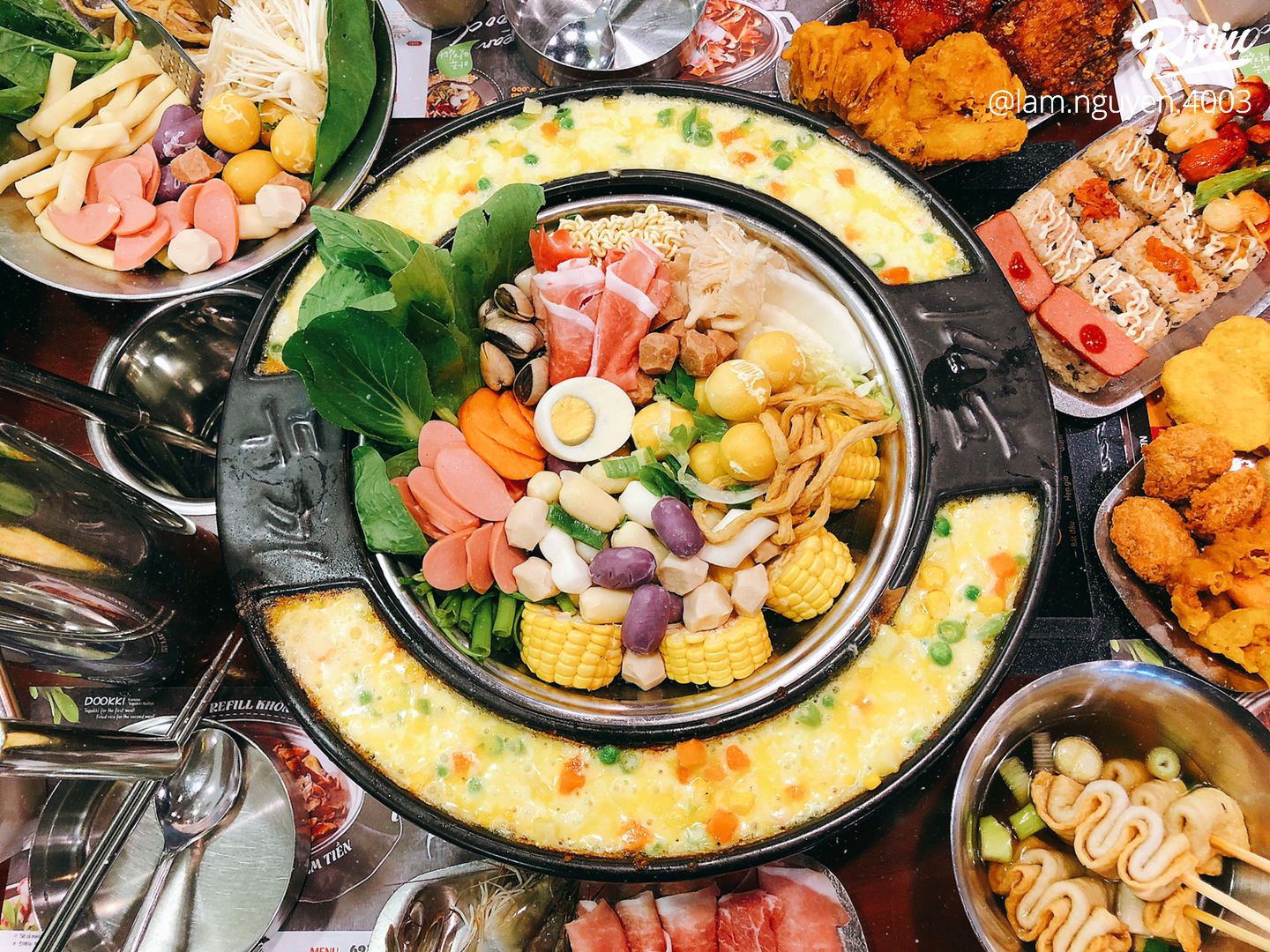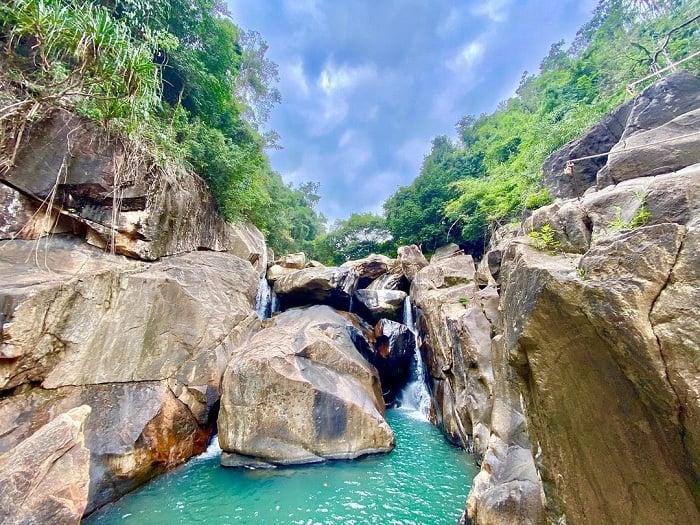Xem thêm
Theo dõi kết quả bóng đá trực tiếp tại Xôi Lạc TV
Giới mộ điệu bóng đá thân mến, chào mừng các bạn đến với bài viết chia sẻ về cách theo dõi kết quả bóng đá trực tiếp tại XoilacTV. Với sự phát triển của công nghệ ngày nay, việc cập nhật tỷ số, bàn thắng, thẻ phạt và những diễn biến hấp dẫn khác trong các trận đấu trở nên dễ dàng hơn bao giờ hết. Xôi Lạc TV là một trong những nền tảng trực tuyến...
Game Bài Đổi Thưởng iWin Club Đạt 8 Triệu Lượt Tải Xuống
Hành Trình Đạt Được 8 Triệu Lượt Tải Xuống
Nỗ Lực Không Ngừng Của Đội Ngũ Vận Hành
Game Bài Đổi Thưởng iWin Club Đạt 8 Triệu Lượt Tải Xuống
Để đạt được thành tích ấn tượng với 8 triệu lượt tải xuống, iWin Club đã phải trải qua nhiều thử thách và đối mặt với nhiều đối thủ cạnh tranh trong thị trường game đổi thưởng. Tuy nhiên, với sự nỗ lực không ngừng và tâm huyết của đội ngũ vận hành, iWin Club...
Bongdalu: Trang web hàng đầu về tin tức và trực tiếp bóng đá
Đối với những người yêu thích bóng đá, không gì tuyệt vời hơn là có thể theo dõi các trận đấu quan trọng một cách trực tiếp và không bỏ lỡ bất kỳ tình huống nào. Tuy nhiên, với lịch trình bận rộn của cuộc sống hiện đại, việc theo dõi tất cả các trận đấu trên truyền hình truyền thống trở nên khó khăn.
Đây là lý do tại...
Cập nhật tin tức bóng đá nóng hổi trên CakhiaTV
CakhiaTV - trang web cập nhật tin tức bóng đá hàng đầu và cung cấp dịch vụ xem trực tuyến các trận đấu một cách nhanh chóng và chất lượng cao nhất. Với giao diện thân thiện và đa dạng tính năng, CakhiaTV đã trở thành điểm đến lý tưởng cho các tín đồ đam mê thể thao vua này.
Ưu điểm vượt trội của CakhiaTV so với các trang web khác
Cập nhật nhanh...
Bongdalu - Trang thông tin bóng đá trực tuyến hàng đầu Việt Nam
Giới thiêu đam mê bóng đá của người Việt Nam là một việc dư thừa vì đây không chỉ là một môn thể thao mà còn là một phần không thể thiếu trong cuộc sống hàng ngày của hàng triệu người. Vì vậy, nhu cầu cập nhật tin tức, kết quả và lịch thi đấu bóng đá là điều cần thiết và không thể thiếu đối với hầu hết người hâm mộ.
Bongdalu ra...
Xôi Lạc TV - Nơi xem bóng đá trực tiếp miễn phí & Livescore nhanh nhất
Để tận hưởng ứng dụng Livescore tường thuật trực tiếp bóng đá hôm nay miễn phí với chất lượng cao nhất, hãy lựa chọn Xoilac TV. Đây là địa chỉ hàng đầu tại Việt Nam trong việc cung cấp ứng dụng bongda Livescore. Với Xoilac TV, bạn có thể dễ dàng theo dõi tỷ số trực tiếp của các trận đấu đang diễn ra và nhanh chóng cập nhật thông tin bóng đá một cách tiện...
CakhiaTV - Cổng thông tin trực tuyến hàng đầu về bóng đá
Bóng đá luôn là một trong những môn thể thao được yêu thích và theo dõi nhiều nhất trên thế giới. Không chỉ là nguồn giải trí, bóng đá còn mang lại niềm vui, sự hưng phấn và tinh thần đoàn kết cho người hâm mộ. Tại Việt Nam, cộng đồng người yêu bóng đá ngày càng lớn mạnh và có nhu cầu theo dõi các trận đấu một...
tổng tài và cô vợ nhỏ
Đọc truyện: Tổng Tài Bá Đạo Và Cô Vợ Nhỏ tại website ThichTruyen.VN, hỗ trợ đọc trên điện thoại và máy tính bảng
tao thích mày
Read "Tao thích mày, rất thích!" from the story [Truyện ngắn] "Tao thích mày, rất thích!" by YuuNg_DBH (Bông Chà 🌸) with 32,574 reads. truyenngan, dambanghoi...
độc giả cùng tác giả đồng thời xuyên vào sách
Bìa được des bởi Reqs của Cải nè. Tên truyện: Khi Độc Giả Cùng Tác Giả Đồng Thời Xuyên Vào Sách – 当读者和作者同时穿书. Tác giả: Chỉ Y – 芷衣. Thể loại: Nguyên Sang, Đam Mỹ, Hiện Đại, HE, Tình Cảm,…
Copyright © 2023 All Rights Reserved.
















